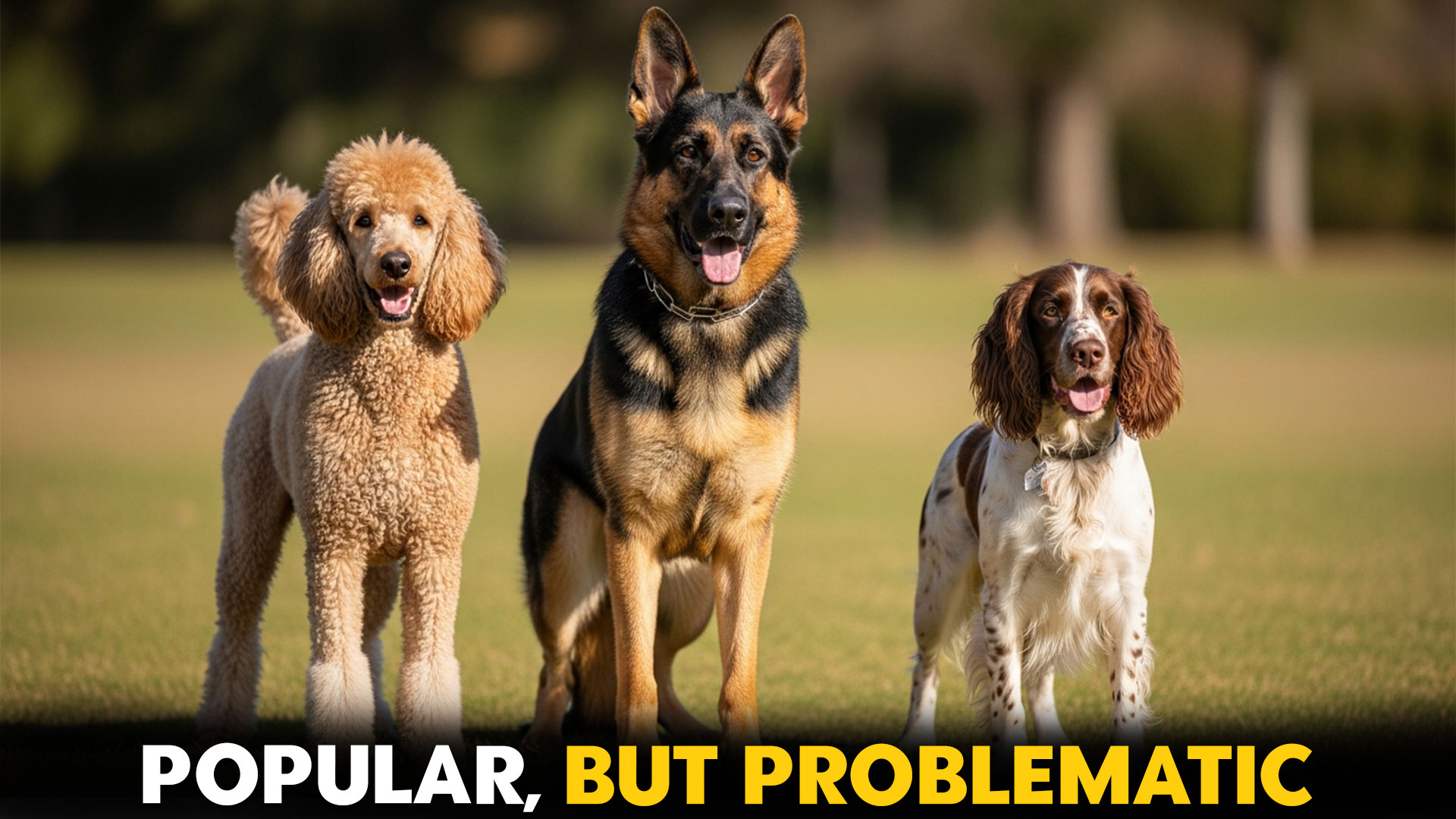Thinking about getting a dog? It’s easy to be swayed by a breed’s adorable face or social media fame—but not every popular pup is the right fit for every home. Did you know that some of the most commonly adopted breeds are also the most frequently surrendered to shelters?
The problem isn’t the dogs themselves, but mismatches between their needs and their owners’ lifestyles. That high-energy herder or independent thinker might look cute on a walk, but bring chaos to your living room if you’re not prepared.
Whether you’re a first-time dog owner or just exploring options, it’s smart to look beyond popularity. Some breeds come with challenges that even experienced pet parents struggle with.
This guide isn’t about shaming any dog; it’s about giving you the full picture so you can make the best choice—for you and your future furry friend.
Popular Dog Breeds To Avoid
1. German Shepherd
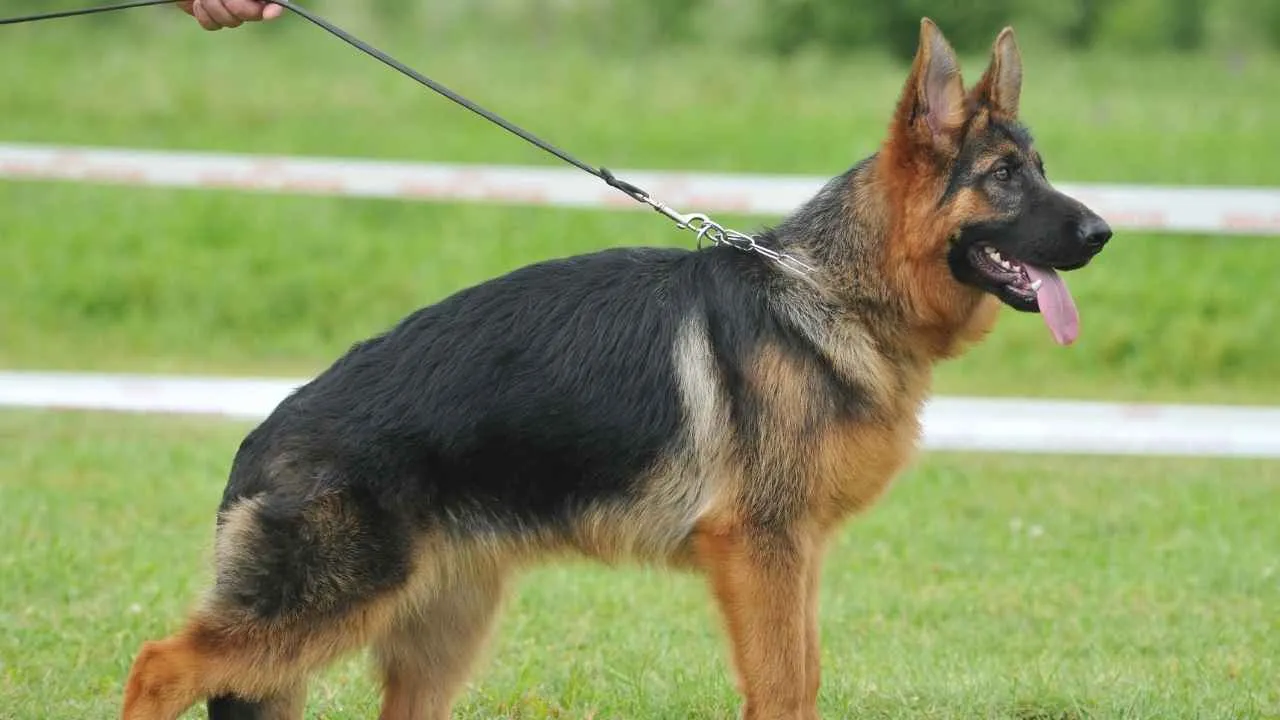
The German Shepherd is admired for its loyalty and intelligence, but its intense needs can overwhelm the average pet owner. These dogs require structured routines, high mental stimulation, and a clear sense of purpose to stay balanced and well-behaved.
Their protective instincts, while beneficial in working environments, can be difficult to manage in home settings if not tempered with early and consistent socialization. Without this foundation, they can become overly territorial or anxious.
Physical demands are also high; these dogs need regular, vigorous exercise and can become destructive if confined or bored. A quick walk around the block won’t cut it for a breed built for police and military work.
Grooming is another consideration. With a thick double coat, German Shepherds shed consistently throughout the year and go through intense seasonal shedding that calls for frequent brushing and upkeep.
While deeply loyal and trainable, they are not ideal for first-time dog owners or households with limited time and space. Their ideal owner is experienced, active, and ready for the long-term commitment the breed demands.
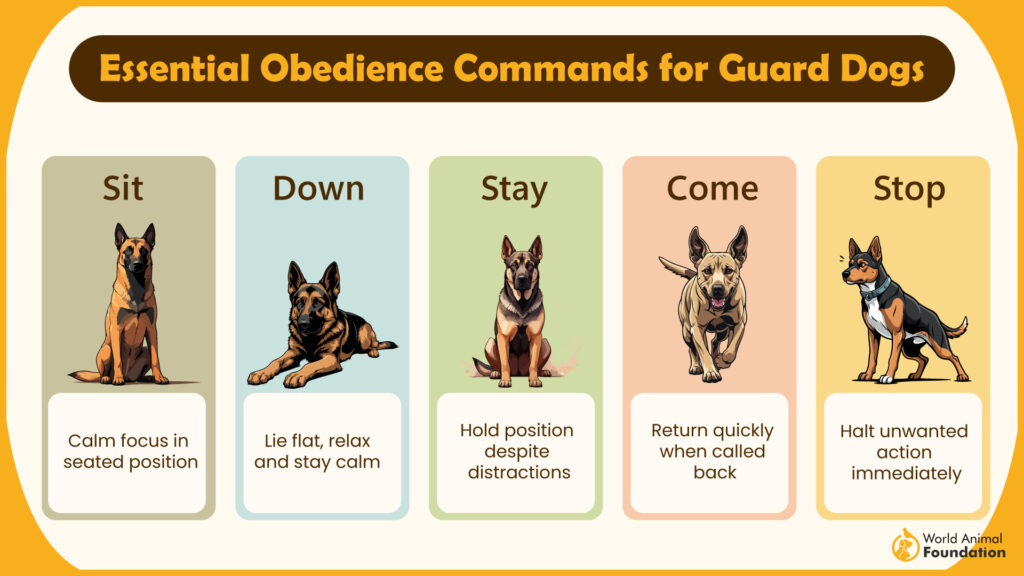
Fun Fact
German Shepherds were one of the first breeds trained for police work, and their keen sense of smell and loyalty still make them one of the top choices for K9 units worldwide.
🎧 Dogcast
Episode 12 — If Dogs Could Talk: Why Do Humans Go to the Gym When the Park Exists
If you don’t hear sound, tap the button above to enable audio.
2. Poodle
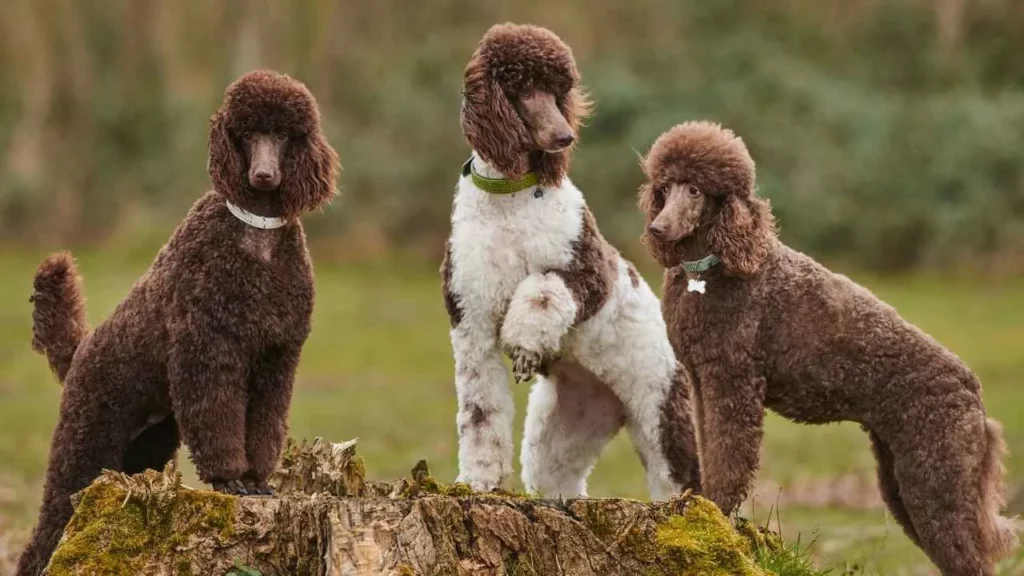
The Poodle might come across as a low-maintenance glamour dog, but beneath that iconic coat is a high-energy, attention-loving pet that needs daily engagement. According to the AKC, these dogs bond closely with their humans and don’t do well when left alone for long.
Mental stimulation is essential. Poodles excel at training and dog sports, but their sharp minds need to stay busy. Without proper outlets, they can develop anxiety or become mischievous.
Their hypoallergenic reputation is often misunderstood. While they don’t shed much, Poodles require consistent grooming to prevent matting and maintain coat health—especially in the Standard variety, which has the most upkeep.
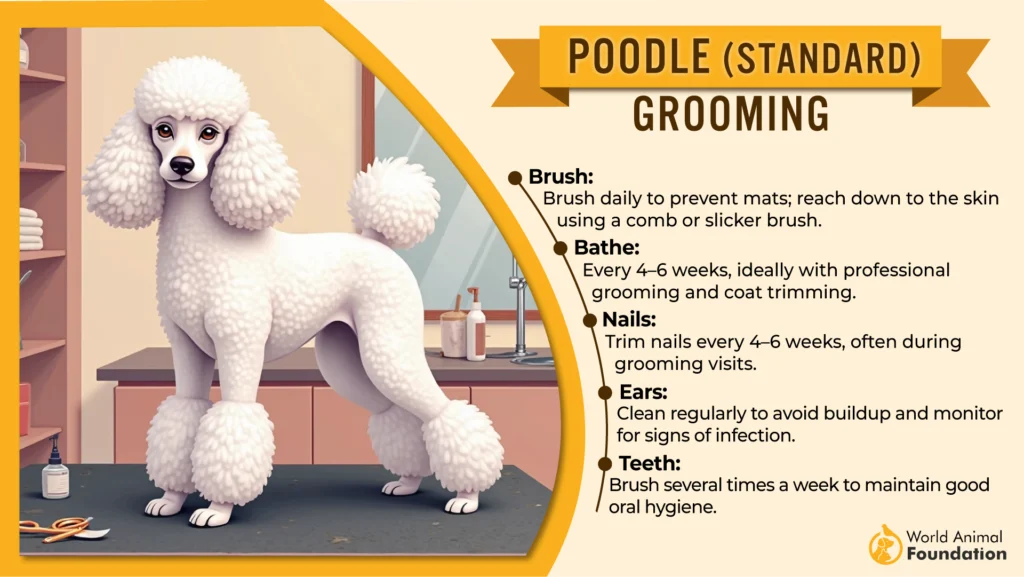
They’re usually friendly with kids and other pets, but supervision is still necessary. Their alertness and sensitivity mean they can get overwhelmed in chaotic environments.
For owners who love training, have time to groom, and want a clever companion, the Poodle delivers. But those seeking a low-effort dog might be surprised at how much care they truly need.
Fun Fact
Poodles were originally bred as water retrievers. Their iconic haircut wasn’t just for show—it was designed to protect their joints and vital organs while swimming.
3. English Springer Spaniel
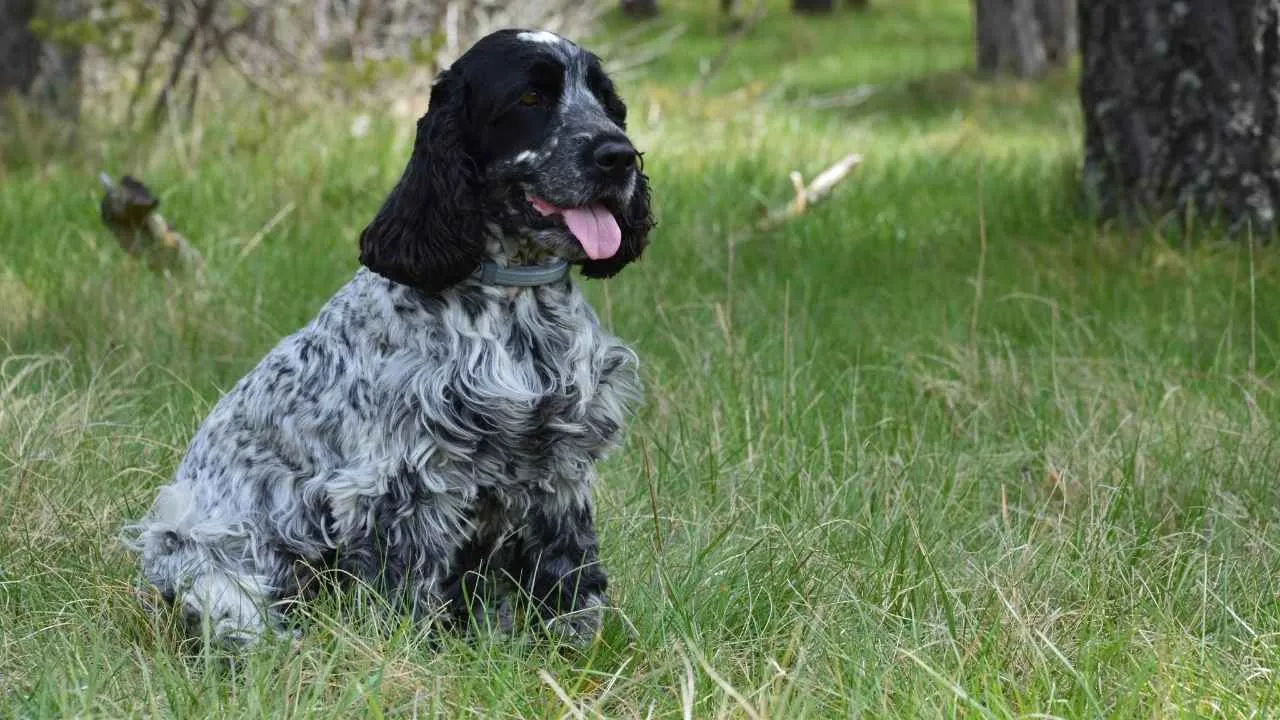
The English Springer Spaniel is a joyful, eager breed known for its energy and affectionate nature. While they can make excellent family companions, their needs are not small and can overwhelm first-time dog owners.
They require substantial exercise and mental activity. Without a job to do—be it agility, fetch, or scent work—these dogs can become restless or develop behavioral issues.
Grooming is another layer of care. Their medium-length coat and droopy ears need regular maintenance to avoid matting and infections, especially in active dogs who love getting dirty outdoors.
Though social and loving, they may not mesh well in homes where their energy and drive aren’t appreciated or managed properly. As per PDSA, they’re not the kind of dog that’s content with a couch and a cuddle alone.
Their ideal home is with an active owner or family that embraces daily play, training sessions, and ongoing interaction.
Fun Fact
The breed gets its name from its original role in hunting—to “spring” birds from the brush for hunters. Even today, many Springers love bounding through fields or parks like they’re on a mission.
🐾 Family Dog Compatibility Tool
Answer 7 quick questions to discover your ideal breed.
1️⃣ Who lives in your household?
2️⃣ What type of home do you live in?
3️⃣ How active is your lifestyle?
4️⃣ Does anyone in your home have allergies?
5️⃣ What dog size do you prefer?
6️⃣ How much grooming are you okay with?
7️⃣ What’s your dog ownership experience?
🐶 Your Top Matches
4. Boxer
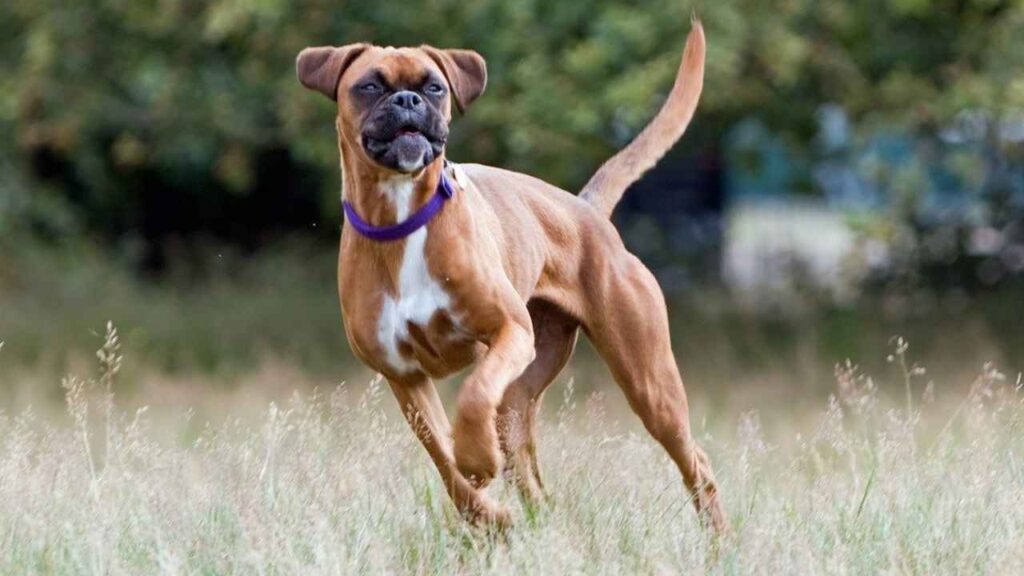
The Boxer is full of personality and charm, known for being playful, goofy, and fiercely loyal. But their boundless energy and strong will can be a lot to handle, especially for first-time dog owners.
These dogs require more exercise than the average companion breed. A couple of walks won’t cut it—Boxers need rigorous daily activity and mental stimulation to stay happy and out of trouble.
Health concerns are another consideration. As per PetMD, Boxers are genetically predisposed to conditions like cardiomyopathy, which can affect their heart and potentially shorten their lifespan.
Training is a must, and early socialization helps curb their stubborn streak. While affectionate and fun-loving, Boxers can be strong-willed, so consistency and confidence are key from the start.
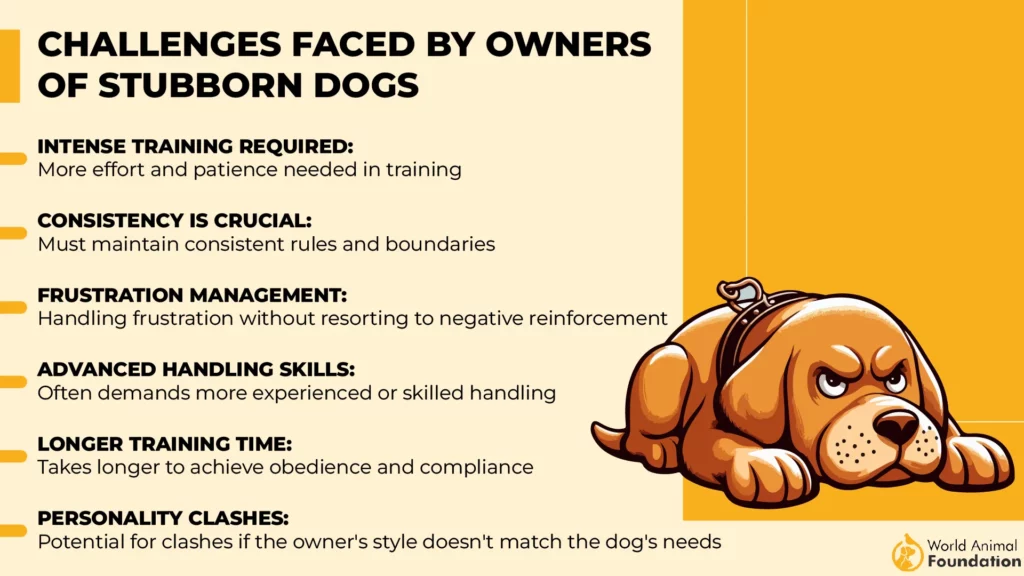
If you’re ready for an athletic, affectionate, and comically expressive dog, a Boxer might be a great match. But they’re best suited to homes where their energy and health needs can be fully met.
Fun Fact
Boxers get their name from their tendency to “box” with their front paws when playing. This playful behavior is one of their most endearing and recognizable traits.
5. Beagle
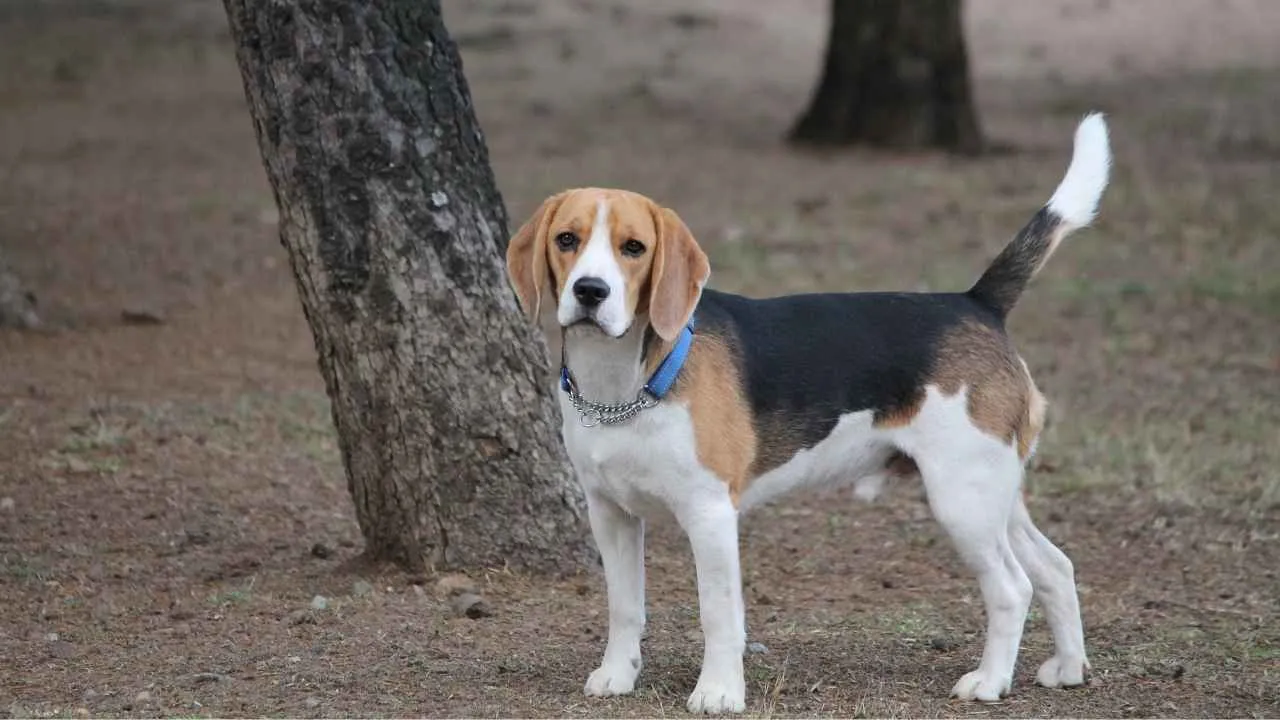
The Beagle is a small-to-medium hound known for its playful energy and adventurous nose. Originally bred for tracking and hunting small game, their instincts remain strong, making them curious and determined scent-followers. These qualities can lead to wandering if they’re not kept securely contained.
Beagles can be incredibly stubborn, especially during training. Their strong prey drive and independence mean they need structure and consistency, particularly when it comes to recall or walking off-leash. Despite their compact size, they’re not ideal for first-time owners expecting an easygoing dog.
This breed thrives on companionship and regular exercise. Without enough stimulation, Beagles can become vocal or destructive, especially if left alone. They may struggle to tolerate small animals in the home due to their hunting dog background.
While they’re one of the most popular breeds for families, Beagles need an engaged and active household to truly shine. They do best with responsible pet ownership that takes their instincts and energy into account.
Fun Fact
Beagles are often used in airport detection work because of their extraordinary noses and friendly appearance, which makes them less intimidating than traditional protection dogs.
6. Labrador Retriever
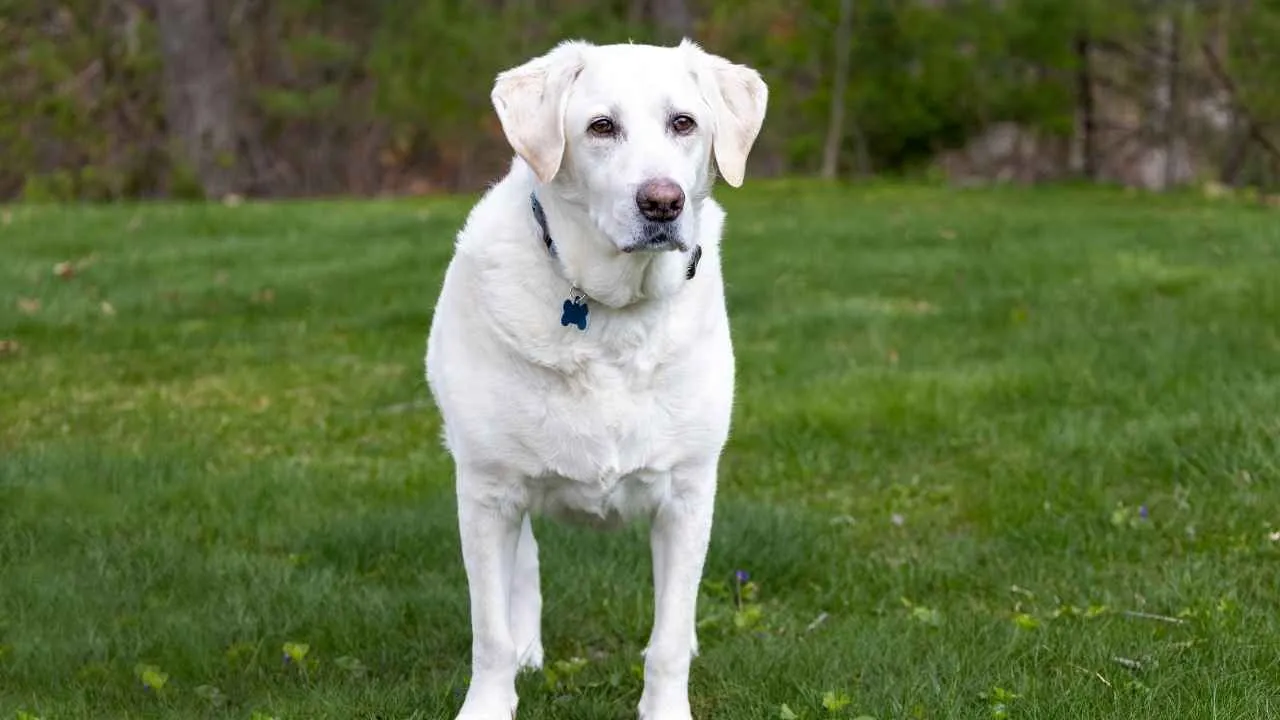
Labrador Retrievers are adored for their sweet temperament and willingness to please, but they’re not without challenges. Despite being a popular breed, many people underestimate how much work a Lab puppy can be in its early years.
These large dogs are energetic and require plenty of regular exercise and attention to stay well-behaved. Without an outlet for their energy, they can become hyper and destructive. Their appetite is legendary—most Labs will overeat if given the chance, so portion control and routine are essential.
Proper training is critical early on, especially with large breeds like Labradors. While friendly with small kids and other animals, they can be overwhelming if not properly trained. Many owners are surprised at the amount of strength and stamina these strong dogs possess.
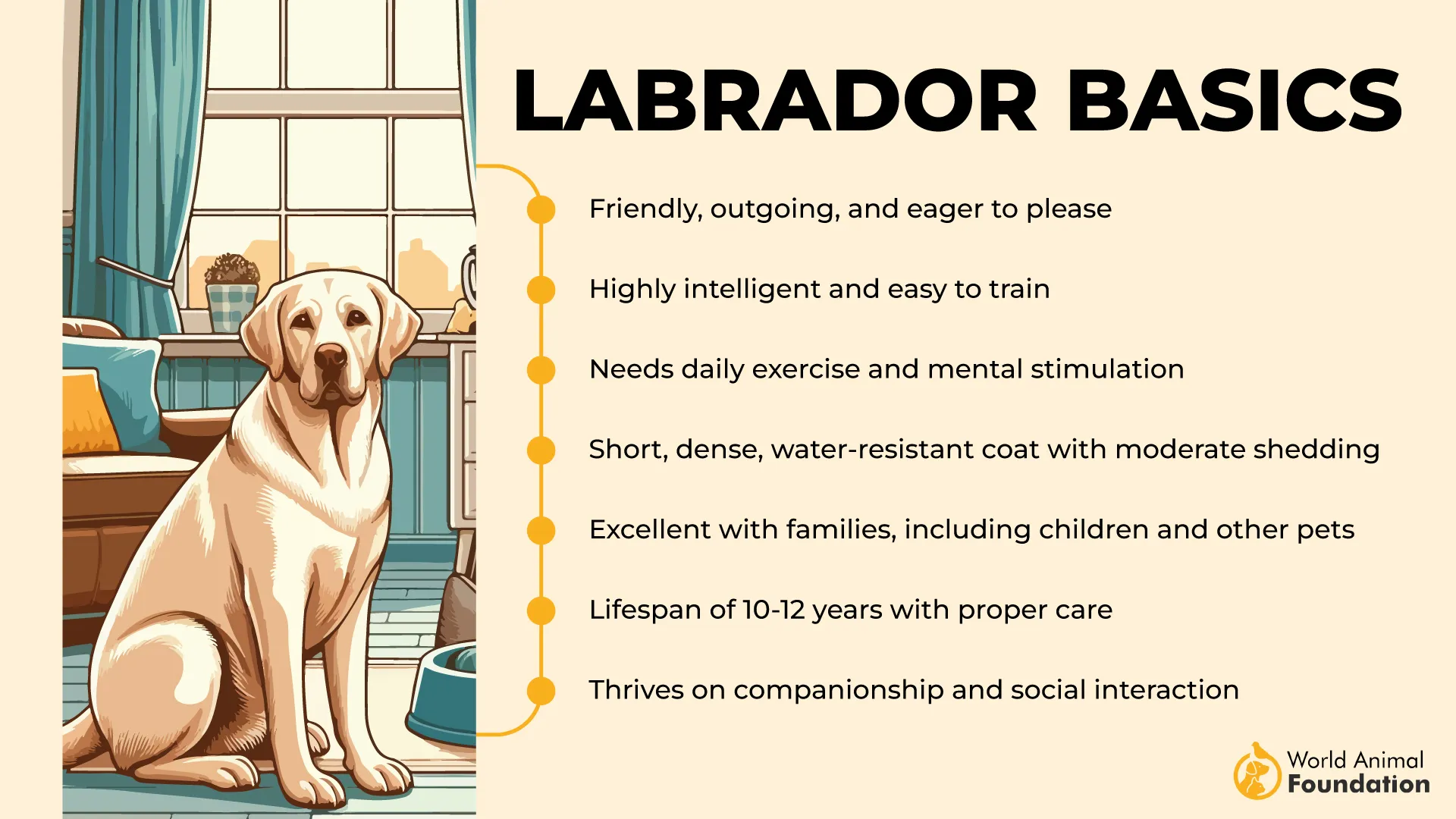
They’re often a first dog choice, but not always the right dog for quieter homes. Labs thrive when their need for interaction, training, and movement is met consistently over the long term.
Fun Fact
Originally bred in Newfoundland to assist fishermen, Labradors were water retrievers that jumped into icy waters to pull nets, which is why most Labs still love to swim.
7. Border Collie
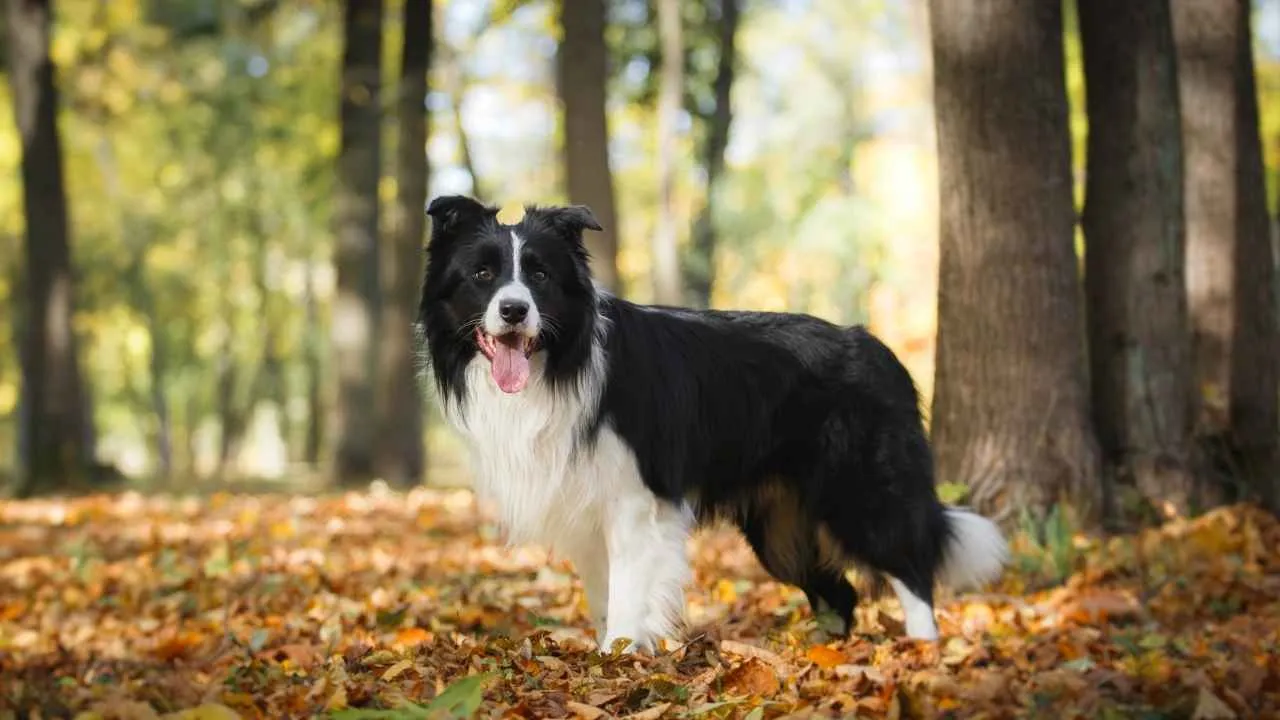
The Border Collie is famous for its unmatched intelligence and strong work ethic. This breed excels in agility, obedience, and complex tasks, but it needs a lifestyle that matches its mental and physical needs. Most people can’t match the energy level required for a happy Border Collie.
Originally used for herding livestock, they have a strong prey drive and natural instinct to herd everything from animals to small kids. Without enough exercise or mental work, they can become anxious or try to “herd” people and pets around the house.
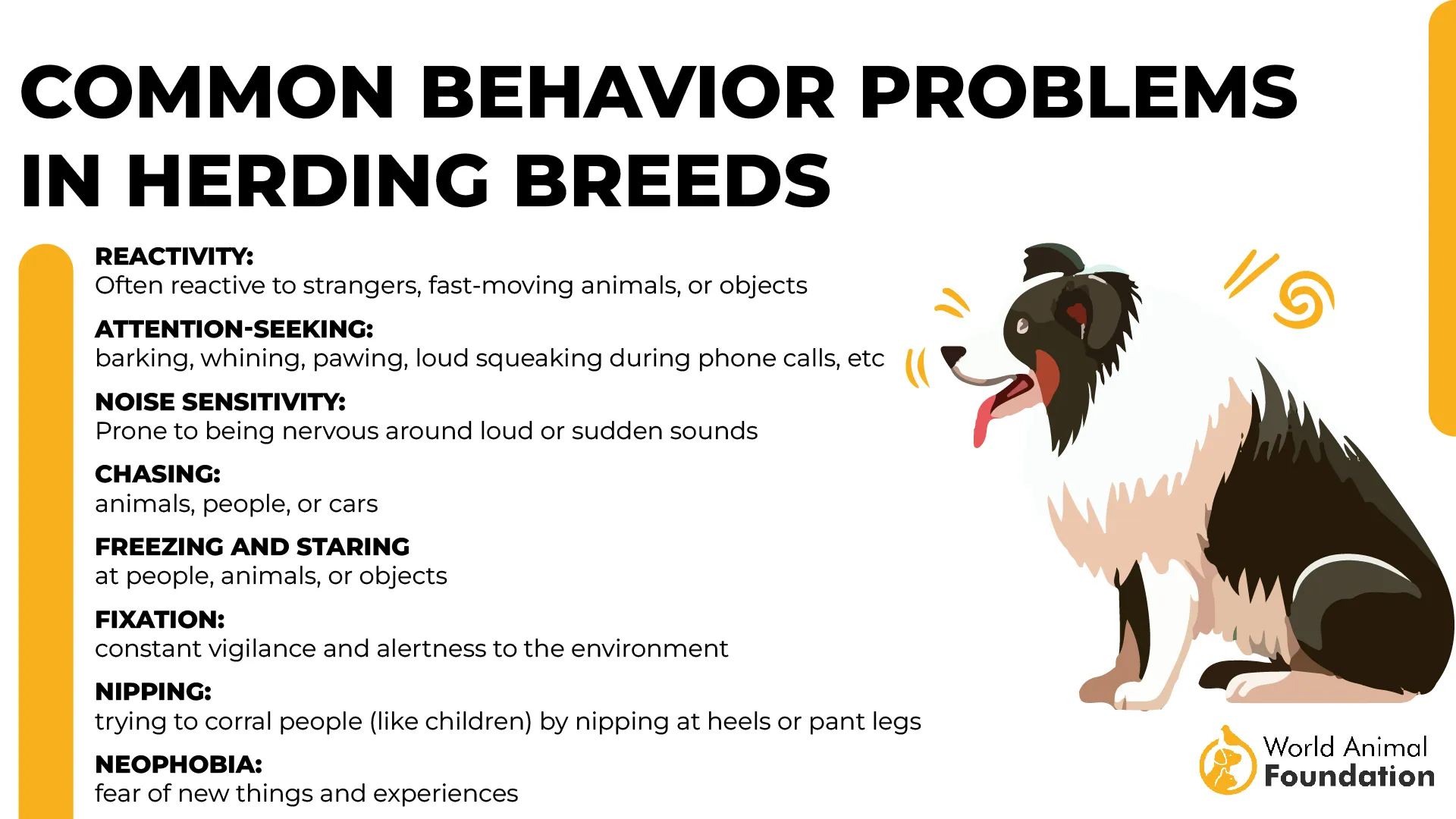
This is not a breed for new owners. They require extensive training and thrive with consistent structure, making them better suited to experienced handlers or highly active homes. Even what seems like enough exercise for most dogs often falls short for this breed.
Their intense focus and strong-willed nature are admirable but demanding. Owners must be committed to ongoing learning and varied activities to prevent behavioral issues from developing.
Fun Fact
Border Collies are known to stare down livestock using what’s called the “herding eye”—a focused gaze that’s both instinctual and incredibly effective at guiding animals.
FAQs
Are there any popular dog breeds that require too much grooming or maintenance?
Yes, a few breeds like the Poodle and Siberian Husky need frequent grooming due to their coats. Without regular upkeep, they may face health problems and discomfort.
What are the risks of adopting a popular dog breed without proper training?
Without consistent training, even a beautiful dog can become destructive or develop aggression issues. Certain breeds may become a high risk to strangers or other pets if not properly socialized.
Are there any popular dog breeds that don’t get along well with other pets?
Some popular breeds with strong prey drives or guarding instincts may struggle with other dogs or small animals. Breeds like the Belgian Malinois or Cane Corso require early socialization and the right training to live peacefully with other pets.
Conclusion
While many popular breeds make loving companions, some require more than most owners expect. Energetic dogs with a strong-willed nature, like the Border Collie or Labrador, need consistent training, basic commands, and regular activity to thrive. Breeds with guarding instincts can be tough for new owners, especially around small children or perceived threats. Grooming, health issues, and behavior risks are part of the package with many dogs.
Other dog breeds, such as the American Pit Bull Terrier, Rottweiler, Alaskan Malamute, Belgian Malinois, Australian Cattle Dog, and sled dogs, may also be extremely difficult for inexperienced owners. If you’re not a highly committed dog person, it’s best to explore mixed breeds, reputable breeders, or animal rescue options for a better match.


